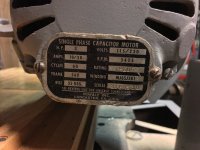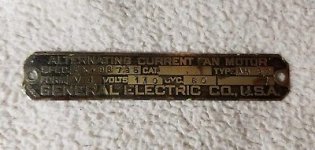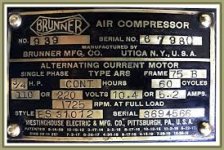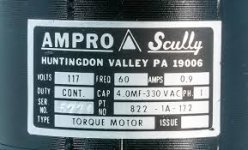Arc weld
Veteran Member
If the OP had known Outershield 71M is flux-cored wire and not mentioned Mig wire, the counter guy might have brought him Outershield 71M which is the same type of wire as Esab Dual-Shield which is also flux-cored wire. The counter guy may have just been confirming what he wanted. The OP saying no to flux-core and wanting Dual-Shield is another confusing and contradictory statement. People are always complaining about how the parts guys don't know anything or how to look anything up and always get the order wrong etc, etc. Well in this case the customer was the cause of the confusion. I deal with this stuff everyday and just like the counter guy we aren't mind readers that can know exactly what the customer wants when the customer is giving confusing details. I've had requests asking for .035" contact tips or pictures of nozzles with no numbers or any markings and am supposed to just know what make and model gun they go on. Sometimes I'll get a part number and they say it's for a different brand than it actually is. Sometimes it's easy to figure out and sometimes not. It's not always the person trying to help you that is causing the confusion. I guess because I've been there I'm sticking up for the counter guy.





